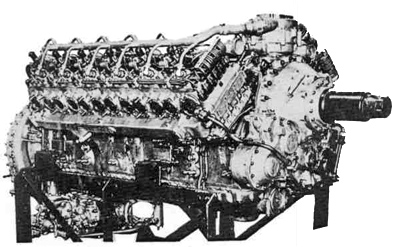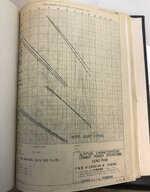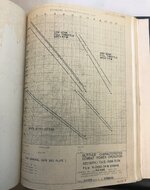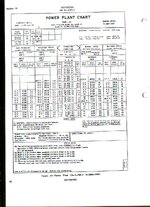While it's clear that the turbine killed the large aero piston engine, if you're going to argue that sleeve valves are superior in some aspect you really have to explain why all the zillion motorcycle/auto/truck/locomotive/marine/industrial/etc/etc piston engines (including purebred racing engines where power/weight is certainly important) developed and produced after WWII all have used poppet valves (or piston porting for two stroke engines).
If you want to mention 2T engines and development, you have to recognise the enormous changes since WW2. Disc valves, Reed valves, porting and variable exhaust porting with exhaust chamber tuning. Piston porting was steady/reliable but limited. Modern 2T road engines can be 300bhp/litre and still flexible to use.
Eng





